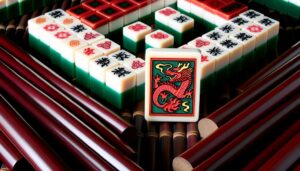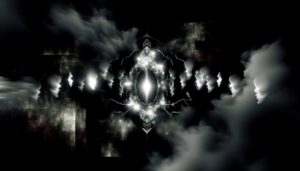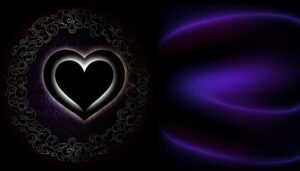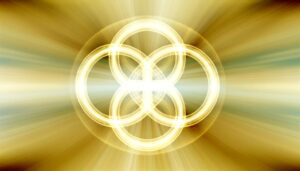What Is the Meaning of the Mind Body Soul Symbol?
Symbols embodying the unity of mind, body, and soul, such as the Celtic knot and mandala, illustrate the timeless interconnectedness and balance within the universe. These ancient representations transcend cultural boundaries, reflecting humanity's enduring quest for holistic well-being.
In modern contexts, they adapt to emphasize mental, physical, and spiritual harmony, resonating deeply in a world striving for inclusivity. As focal points in meditation and sources of inspiration, these symbols help align daily actions with one's true essence, fostering a profound sense of connection.
Exploring their meanings can enrich your understanding of holistic unity and personal growth.
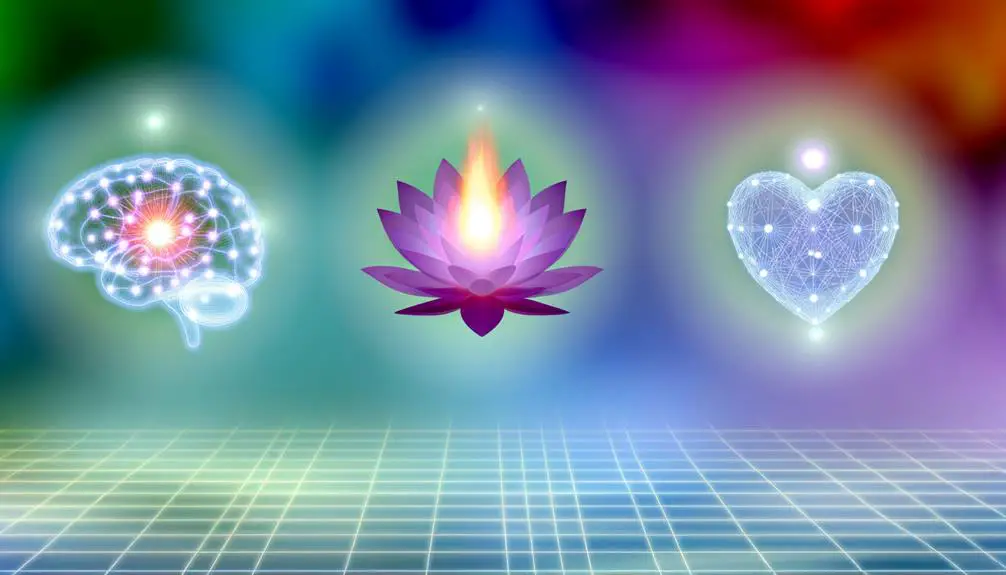
Key Takeaways
- Symbols like the Celtic knot emphasize the interconnectedness of mind, body, and soul.
- The mandala represents the intricate balance and unity of the universe, mirroring internal harmony.
- Modern interpretations of ancient symbols highlight holistic wellness, integrating mental, physical, and spiritual well-being.
- Symbols serve as focal points for meditation, aiding mental clarity and emotional balance.
- They provide personal meaning and connection, aligning daily actions with one's true self.
Ancient Symbols of Unity
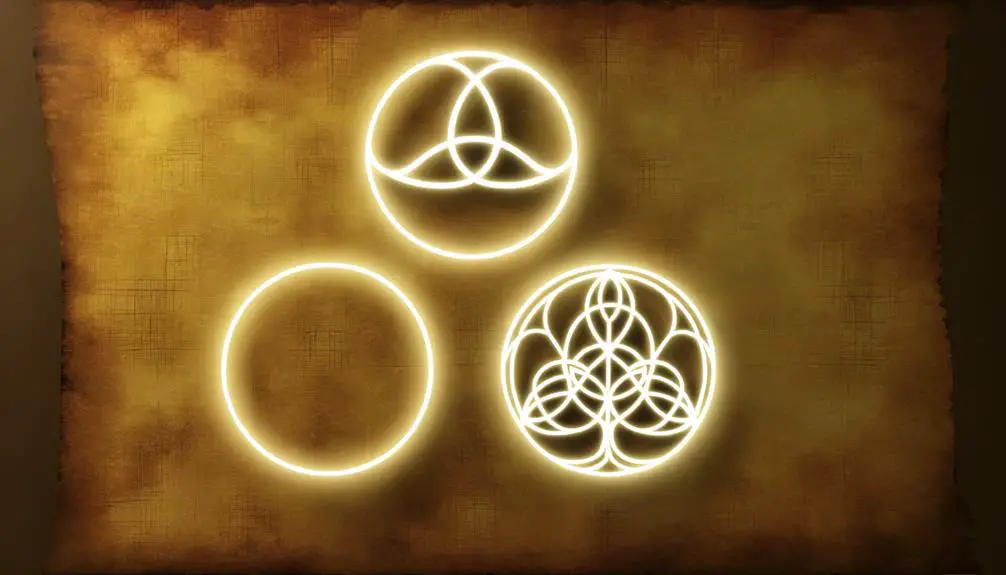
Throughout history, ancient symbols of unity have served as powerful representations of interconnectedness and collective harmony. These symbols, ranging from the intricate Celtic knot to the sacred mandala, evoke a sense of wholeness transcending individual existence.
The Celtic knot, with its endless loops, reflects the eternal nature of life and interconnectedness of all beings. Similarly, the mandala, often used in spiritual practices, symbolizes the universe's intricate balance and unity.
These ancient icons remind us of the deeper, often unseen connections binding humanity. Reflecting on such symbols can inspire a profound sense of belonging and shared purpose, encouraging us to foster unity within ourselves and with others.
Their timeless resonance continues to offer wisdom and guidance in our interconnected world.
Modern Interpretations
Building upon the rich legacy of ancient symbols, modern interpretations seek to adapt these timeless motifs to contemporary contexts, infusing them with new meanings that resonate with today's interconnected society. By blending tradition with innovation, these symbols continue to embody profound concepts of mind, body, and soul, while also reflecting current values and experiences.
Modern symbols often emphasize the unity between the mind, body, and soul through the lens of digital interconnectedness and virtual spaces.
Holistic Wellness is a growing focus, with symbols representing the integration of mental, physical, and spiritual well-being.
Contemporary interpretations frequently highlight inclusivity, embracing diverse perspectives and universal human experiences.
These adaptations ensure that ancient wisdom remains relevant in our rapidly evolving world.
Cultural Significance
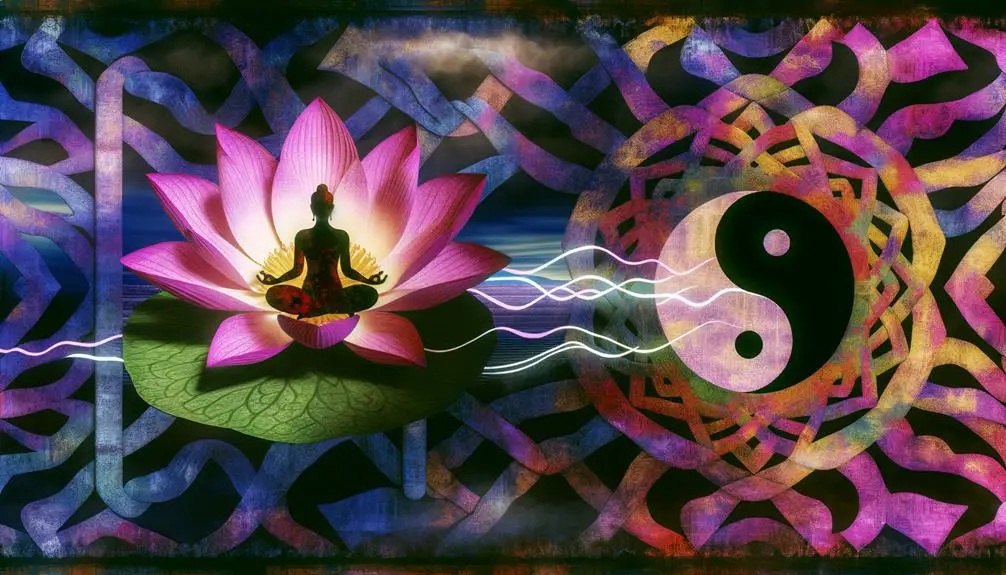
The cultural significance of mind, body, and soul symbols lies in their ability to transcend individual experiences, weaving a tapestry of shared human understanding and collective identity.
Across civilizations, these symbols encapsulate the essence of human existence, representing a triad that harmonizes physical presence, mental faculties, and spiritual essence. They serve as a bridge between diverse cultural paradigms, from ancient philosophies to contemporary interpretations.
Through art, literature, and rituals, these symbols echo humanity's quest for holistic well-being, unity, and enlightenment. They remind us of our interconnectedness, urging societies to foster balance and harmony within and beyond.
This transcultural resonance underscores their timeless relevance, inviting reflection on our shared journey toward inner peace and communal solidarity.
Personal Connections
Many individuals find profound personal meaning in mind, body, and soul symbols, viewing them as guides on their journey toward self-discovery and holistic well-being. These symbols often resonate deeply, providing not just an aesthetic pleasure but a profound connection to one's inner self.
This personal connection can manifest in various ways:
- Meditative Focus: Symbols often serve as focal points during meditation, helping individuals center themselves and find inner peace.
- Emotional Anchors: They can act as anchors, reminding one of core values and beliefs during times of emotional turmoil.
- Inspirational Reminders: These symbols may inspire daily actions and decisions, aligning one's life more closely with their true self.
In essence, these symbols become an essential part of one's spiritual and emotional toolkit.
Practical Applications
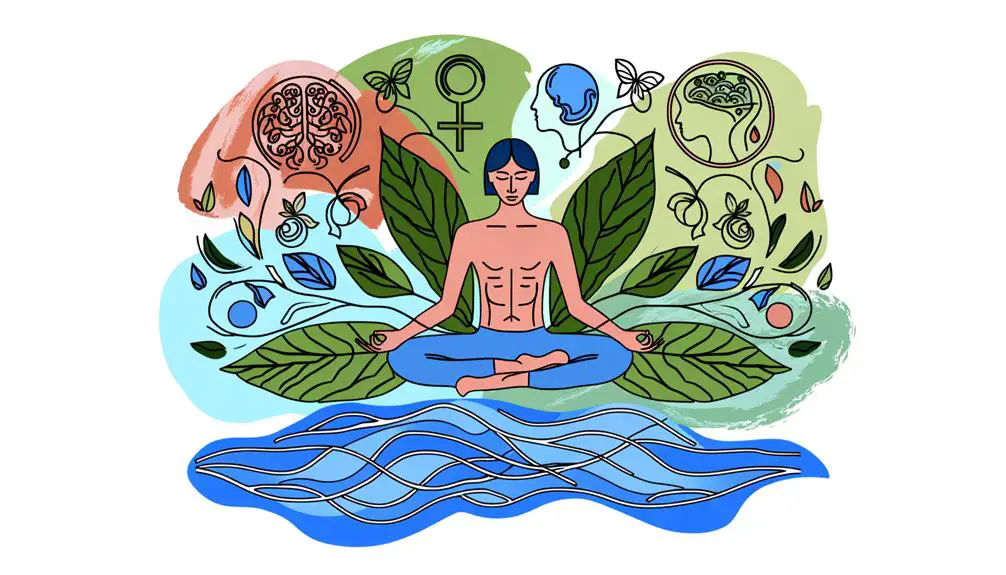
Frequently, the practical applications of mind, body, and soul symbols extend beyond personal introspection, influencing various aspects of daily life and well-being. These symbols often find their place in therapeutic practices, such as meditation and yoga, where they serve as focal points to enhance mental clarity and emotional balance.
In educational settings, they inspire holistic approaches to learning, encouraging students to integrate intellectual, physical, and spiritual growth. In the field of personal development, these symbols can act as daily reminders to maintain harmony among one's thoughts, actions, and inner self.
Conclusion
In the intricate tapestry of human existence, the symbols uniting mind, body, and soul serve as luminous beacons, guiding individuals through the labyrinth of life.
These ancient emblems, reinterpreted through modern perspectives, resonate deeply within diverse cultural contexts, illuminating the profound interconnectedness of all beings.
Through personal connections and practical applications, these symbols weave a rich narrative of unity and holistic well-being, inviting a harmonious alignment that transcends the ordinary, elevating existence to a domain of enlightened understanding.

